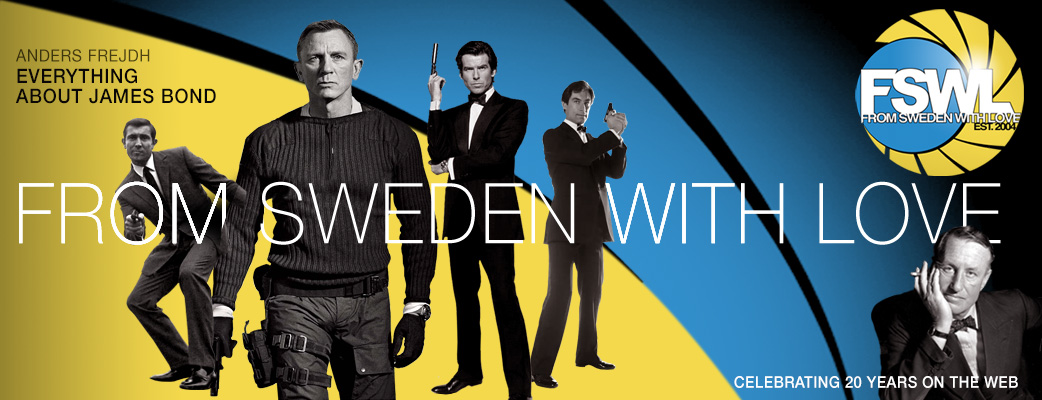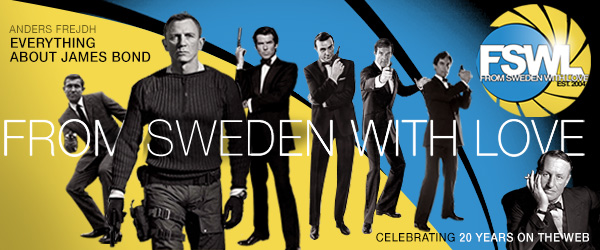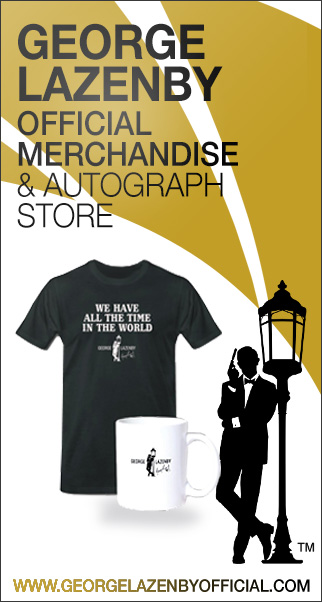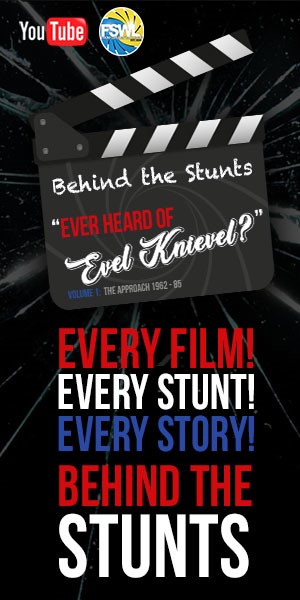Website last updated: 10-6-2025
Home
Book & Film reviews
Competitions
Event
FSWL Merchandise
In Memoriam
Interviews
James Bond 007 collection
James Bond 007 films
James Bond 007 games
James Bond 007 literature
James Bond 007 news
James Bond 007 products
James Bond 007 shop
James Bond 007 stars
James Bond Fan Clubs
Swedes in the Bond films
A Celebration of the James Bond film Licence To Kill (1989) at 30
By: Eoghan Lyng
Published:
2019-03-23
2019-03-23
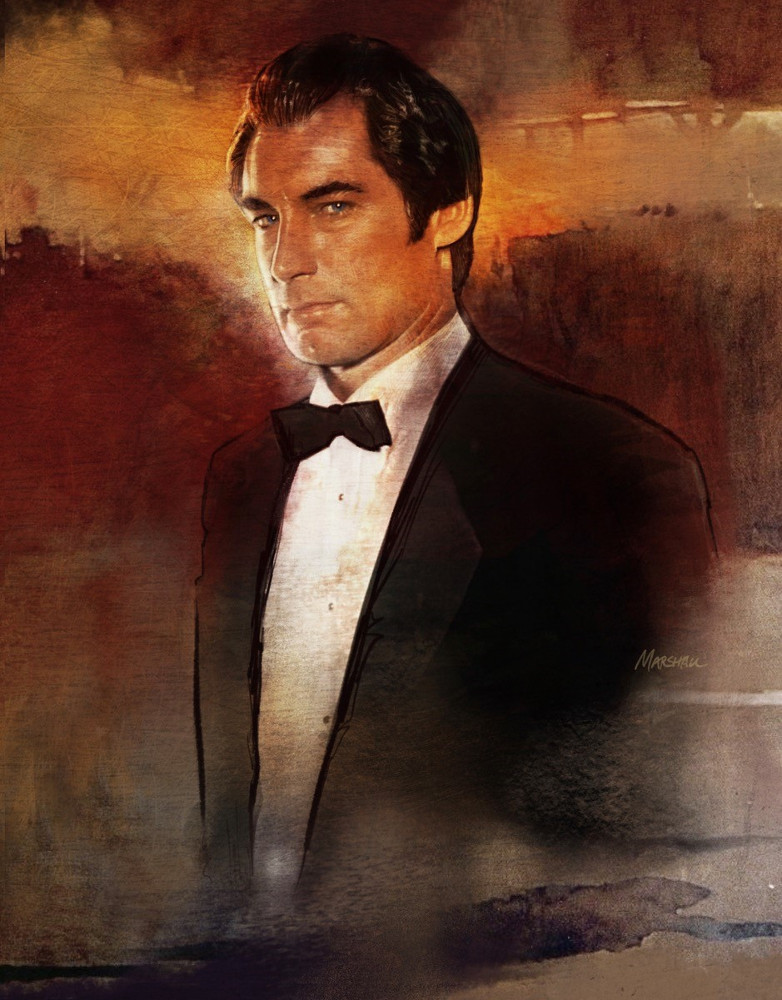
The fifth in a cycle of Richard Maibaum & Michael G.Wilson scripts, the story is the outlay of the junior producer, considerate he was of his mentor’s role in a writerly strike. Wilson took his own writerly strike, composing an area which found James Bond working outside the secret service, decades after the secret agent had been offered a governmental Walther PPK. Wilson relished in his opportunity to play the subversive and with a lead a favourite of Messrs O’Toole and Guinness, he had ample opportunity to experiment.
The latent violence in Timothy Dalton’s performance is as potent as ever. Behind the mannered carefulness and guileful vulnerability comes a man capable of atrocities more incandescent with rage than sense. Aware of his weaker position at the Hemingway House, Bond gives his boss M (Robert Brown, his saltiest performance) the literary quip expected of an Eton boy. Elsewhere, the darkness, silence, grimace and desolation cover Dalton’s body more thoroughly than the lapel he attaches across his suit. A Welsh born stage actor, Dalton’s Bond is a man of Celtic proclivity, silent temerity and intellectual prosperity. It is the most committed performance yet seen in a Bond film, scarily aware of his position as a killer, a model for the Daniel Craig Bond of new. The role of detached lothario is filled by Robert Davi, whose Franz Sanchez posits more worth on loyalty than money. Dalton and Davi, actors with a penchant for the Bard, recognised the Shakespearian qualities of their characters. Dalton’s Bond, enraptured in rage, fails to grasp the universal ramifications of his actions. Davi’s Sanchez, intentioned in part to shrewdly run a drug corporation, loses his level stance to an altruistic foil. “I was looking for a villain who could be the physical equal of Tim’s Bond,” director John Glen writes “in much the same way Robert Shaw had been the equal of Sean Connery in From Russia with Love (1963). The balance between hero and villain fascinates me and Robert Davi played the villainous side of the equation perfectly”.
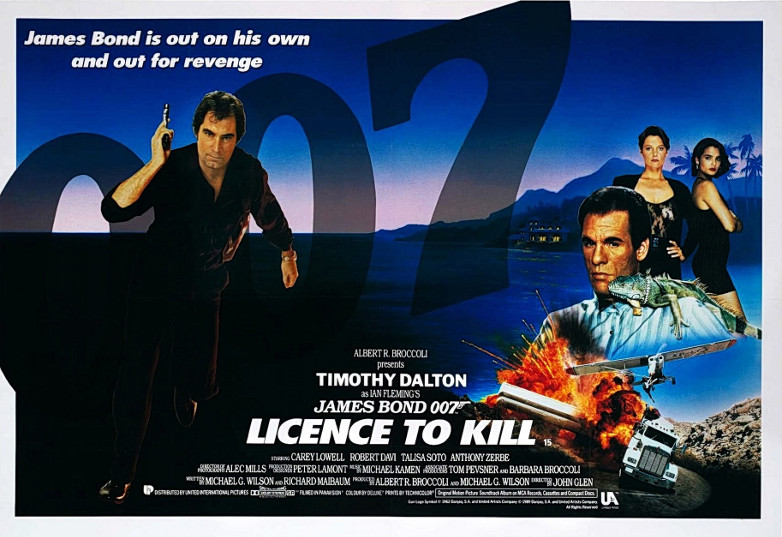
The UK Quad poster for Licence to Kill starring Timothy Dalton as Ian Fleming's James Bond.
Absenting itself from the well of questionable Fleming leftovers, Licence uses creative licence by displaying a change in title and tone. Rather than the portmanteau of liaisons seduced by violence and wit, Licence bases its well further back to the cinema of Yojimbo, Kurosawa’s template of ruination from within an organisation. Eastern philosophies met South American mercenaries, a drug fuelled subplot a standard of the six o’clock news in 1989. Licence walks the tightrope between innovative and circumspect and the result works with the bated breath an audience serves a tightrope walker. Ingrained shark bites, hollering henchmen skewered and detonated head wounds make this film the most measurably violent of the Albert R Broccoli era. Yet, it imbues a reciprocity to the books the series has regularly shirked from, delivering a fiery vestige Ian Fleming would have approved. The film ends with a salute to Danté using the story’s silver grazed Chekhov gun, a lighter feistier than the moronic pun it represents. Together, the synergy that joined Bond and Sanchez through gun powder, cold showers and mutual admiration is divided by flame and petrol.
Bond, as Bond is, sleeps with two women, yet the film centres the most interesting blossomed attention on the two men through pre-mediated cigarettes and coffee drinks. Gleamed eyes and wetted mouths centre the two men on their shared domestic settings. Through the denouncement of his Queen’s service does Bond win the trust of his companion. Through the virility and veracity of his abilities to un-end violent situations does Bond win the lust of his opponent. Predictably, Bond defiles his cocaine business, unpredictably, Sanchez seems more disappointed than angry. The film continues in a romantic vein, retaining the needed escapist flavour.
“We went back to Casino Royale.” Davi remembered in 2012. “In that book, there is a very substantial description of Bond and the villain and their relationship to each other. It is in that book the key to Sanchez for me, lay. Bond and the villain being mirror images of each other. Also, Sanchez was quite well off and it wasn’t necessary for him to have world domination. All of South America was quite enough.”
Through Michael Kamen’s stirring guitar strings, the film starts on a more ominous tone. Monty Norman’s theme, normally staid and subtle, blasts with jangly arpeggios, a siren wall of brass clattering with the downtrodden feeling its subject shall take. Kamen uses Beethoven’s Für Elise as a motif much as he did the German composer’s Ode to Joy in Die Hard, sound tracking the eighteen hundreds in the hipper nineteen eighties. David Arnold, John Barry student and heir, delivered a quintuple collection of reverent scores, but the irreverence of Latin music matches the seditious nature Glen and Wilson aim for. As such, it’s the most accomplished of the non-traditional Bond scores and certainly the most rewarding, steeped in progressive roots, more atmospheric than melodic, the romantic strings of The Living Daylights (1987) a distant memory. The blood and dust finale is the perfect closer for what is, in effect, a Western. Sanded eyes, closed conditions, stifled heat shows a Bond far from the Swiss ski slopes so dear to his heart. And with a switch of a cigarette lighter, it is ended.
Gladys Knight, joined by the BBC Concert Orchestra, performed the theme song live in Hyde Park for BBC Radio 2's Last Night of the Proms Celebrations in 2018:
Experimentation reaps artistic, though rarely financial, rewards. Matched against the pyrotechnic heavy Ghostbusters II, Back To The Future II and the seminal Batman, Licence found failure at the American box office. Steeped in character and difference on diffidence, the merits later rewarded, though initially scorned at, were levelled at Dalton. His meticulous voice, braced eye contact, sadistic glare, casual sense in sartorial style left many cold at his performance. An unworldly brooding Craig had salvaged those upset with satiric shirt shuffles throughout SkyFall (2012) and Spectre (2015). Candidly waiting for a third entry, Dalton was denied the chance to showcase a more comic touch, as he deftly demonstrated in The Rocketeer (1991). Rather, the performance invites an exorcism of griefs current and past, relieved in relief that the work is done. No actor has shown this darker vestige with half the nuance Dalton portrayed and for a mileage of fans better read in Le Carré than Templar, it’s a clarion call for Bond. Certainly, Dalton is the only actor who could have played Alec Leamas as well as he did Bond.
Such is the air of the film it feels like a reinvention, yet for many, it was more of a closure. The film closed a legacy for Albert R. Broccoli and a twenty-year career for director John Glen. Fittingly, Glen homages and attributes the first film he ventured on. Bond, when asked, admonishes the idea of marriage, as he a lonely figure must walk. Indirectly, spiritually, cathartically and intuitively Licence is the sequel On Her Majesty's Secret Service (1969) deserved.
If On Her Majesty's Secret Service remains the series’ bona fida masterpiece, Licence to Kill is the series unsung masterpiece.
Article written by Eoghan Lyng exclusively for FSWL. All rights reserved.
A landmark film of the James Bond series
Licence to Kill was the last in the series to use optical effects (with Alan Church as the titles and optical cameraman). The last (traditional) gun barrel, titles and effects i.e. head up display etc. From GoldenEye a combination of miniatures and CGI was used.
Licence ended the last of the original Bond key family founding team (Ken Adam, John Barry, Richard Maibaum, Maurice Binder). Licence was Richard Maibaum and Maurice Binder's last Bond. And Cubby Broccoli's last Bond as the main producer.
Editor's Note:
On Her Majesty's Secret Service starring George Lazenby celebrates its 50th Anniversary in 2019 for which Eoghan Lyng has written another exlusive article for the From Sweden with Love website, read it here.
Special thanks to Visual Effects Supervisor and FSWL reader Alan Church.
Tags:
#articles
#eoghan_lyng
#film_anniversaries
#jeff_marshall
#john_glen
#licence_to_kill
#robert_davi
#timothy_dalton
Tweet
